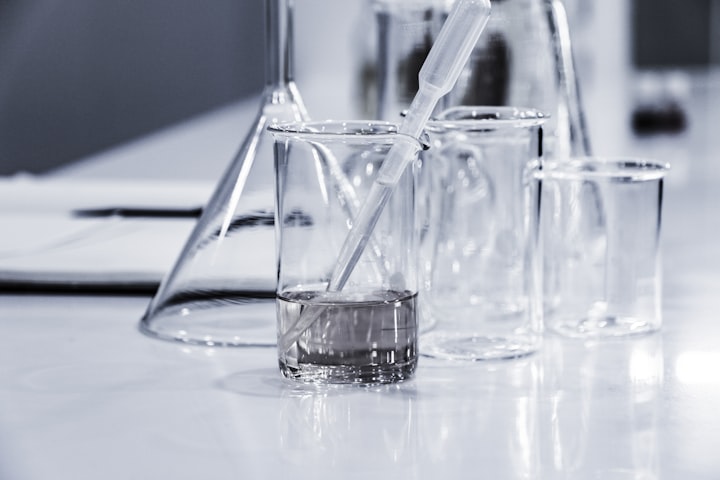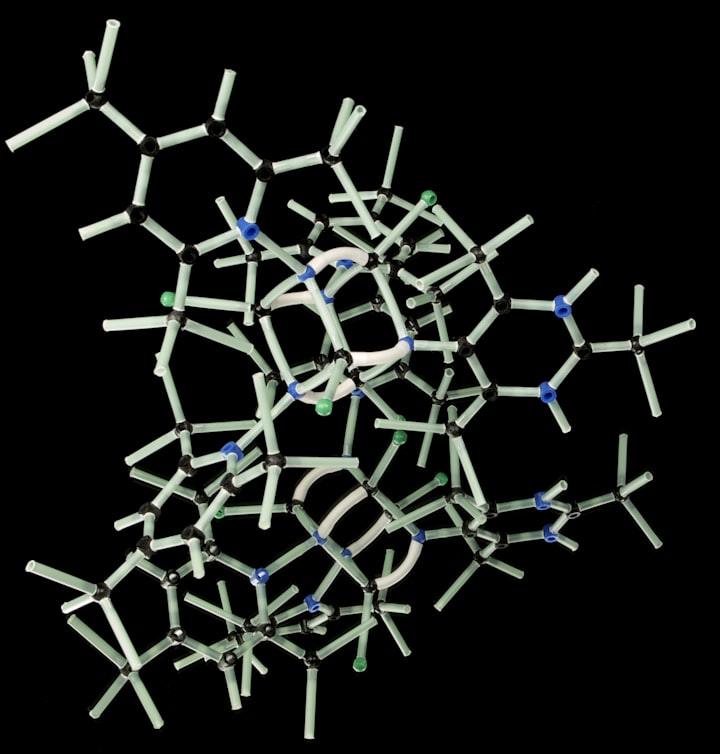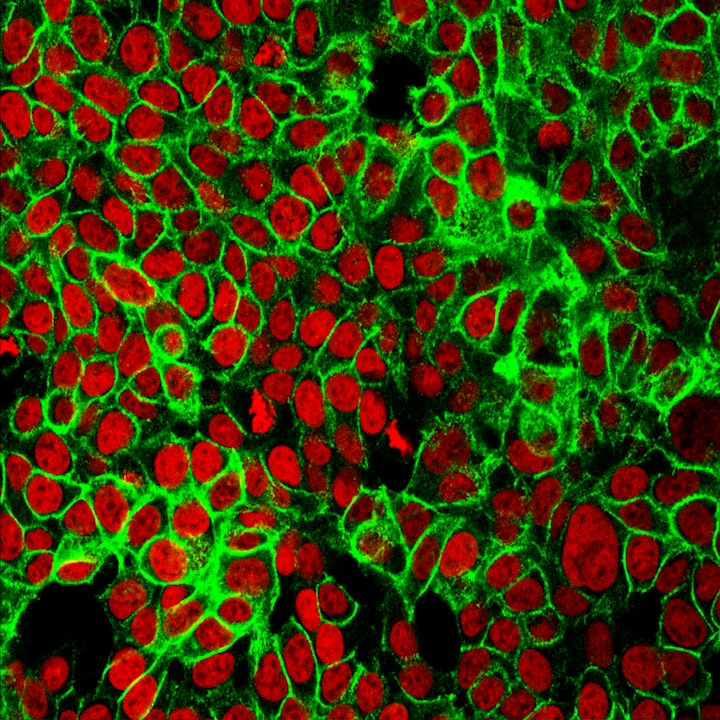Can We Freeze Living Organisms?
Discover the potential and limitations of freezing living organisms, from fragile strawberries to viable human gametes.

Freezing biological matter has revolutionized reproductive medicine, allowing individuals to preserve their fertility and have children at a later stage in life.
However, the prospect of freezing an entire living organism, like a person, presents significant challenges that are rooted in fundamental principles of biology.
Freezing Sperm and Eggs
Sperm and eggs, or gametes, can be successfully frozen through a process called cryopreservation.
This method involves carefully lowering the temperature of the gametes to levels where all biological activity essentially ceases without causing damage.
The low water content and small size of gametes help prevent the formation of damaging ice crystals.
Cryoprotectants
Furthermore, cryoprotectants, such as glycerol or dimethyl sulfoxide, are added to prevent cellular damage by reducing ice formation and protecting cell structures during the freezing and thawing process.
Freezing Living Tissue
In contrast, the challenges of freezing living tissue lie in its composition.
The fundamental issue centers around ice crystal formation, which occurs within the cells and tissues of larger organisms.
As water freezes, ice crystals form, expanding and potentially rupturing cell membranes and structures, ultimately leading to irreversible damage.
Ice Formation
The larger the organism, the more complex its cellular structure and the greater the water content, making it susceptible to widespread ice crystal formation during freezing.
This can cause cellular damage and disrupt essential biological processes, ultimately resulting in irreversible tissue damage.
Metabolic Processes
Moreover, the metabolic processes of a living organism remain active, even at low temperatures, and freezing the entire body would lead to a cessation of these processes, causing widespread tissue damage, particularly in organs highly reliant on continuous function, such as the brain and heart.
In essence, the ability to freeze gametes successfully lies in their unique cellular composition and size, allowing them to withstand the freezing and thawing process, while larger, more complex organisms face insurmountable challenges due to their cellular composition, water content, and metabolic processes.






